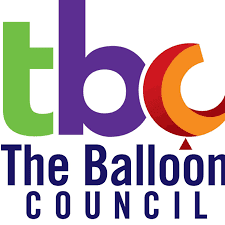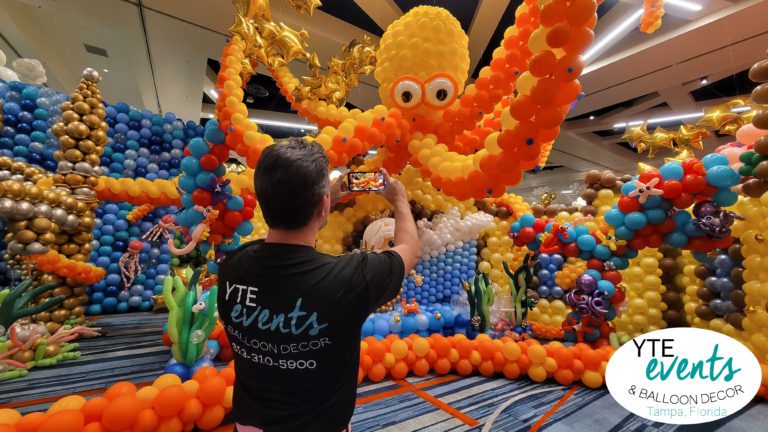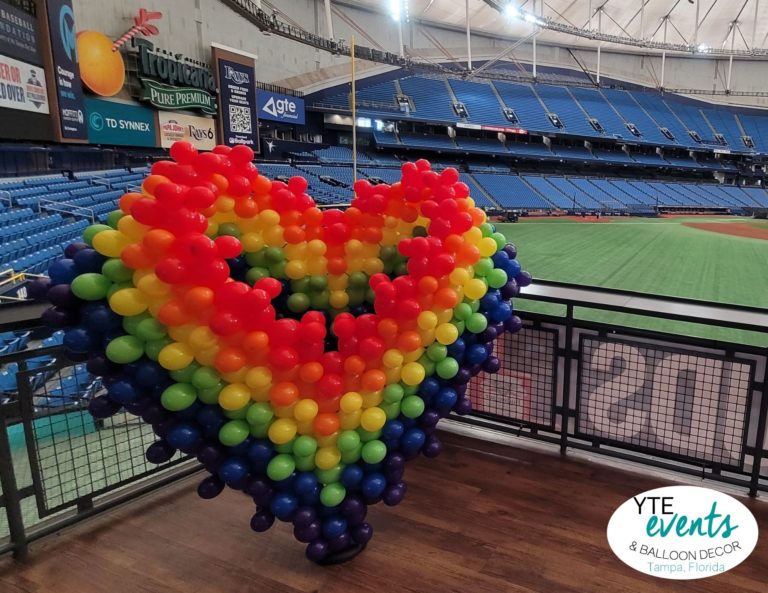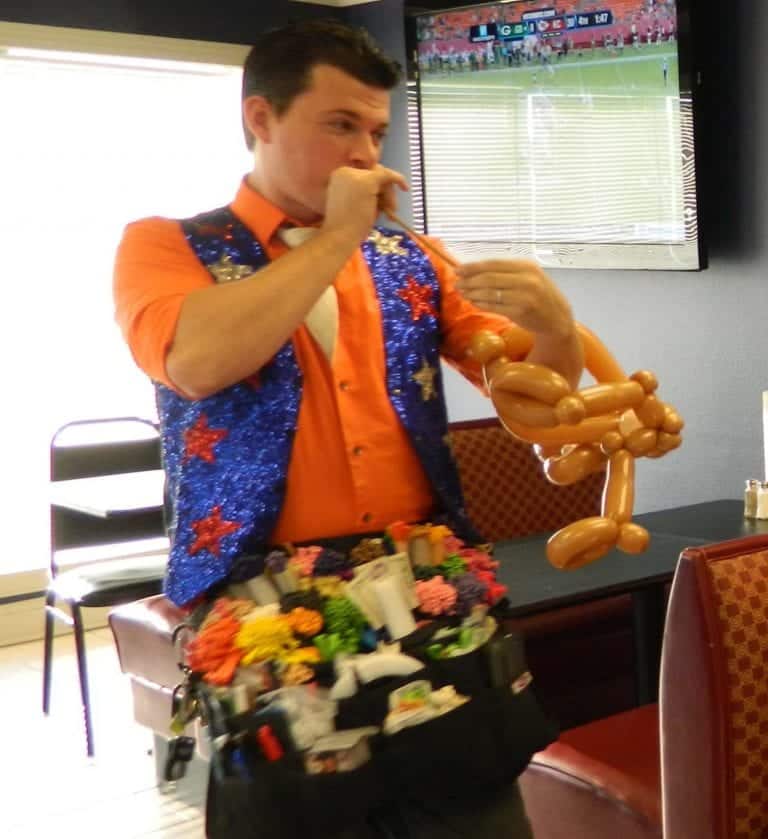A Message from the Balloon Council Education Network on Environmental Protection

Originally posted on the Balloon Council Website in reference to Environmental Concerns:
The balloon industry operates with an eye on the environment. Manufacturers try to ensure both organic materials harvested and the production processes are environmentally sound. Retailers — mostly family owned and operated small businesses – try to ensure their products are handled properly by informed consumers. The industry’s efforts are paying off.
According to the annual International Coastal Cleanup report prepared by the Center of Marine Conservation, balloon litter on the nation’s riverbanks and beaches has been steadily declining. However, in spite of the consistent downward trend, there have been claims and assertions that balloons, especially those used in releases are a major source of litter in these areas.
Is balloon litter really a significant ecological issue? Let’s examine the facts.
Balloon Construction
Two distinctly different types of balloons are manufactured and sold in America today – latex and foil.
Latex balloons are produced from the sap of the rubber tree. It is collected without harming the tree by using an environmentally safe, age-old process similar to that used for collecting the sap from maple trees for syrup. Because of rubber’s versatility and demand, these tropical rain forest trees are very valuable, highly coveted – and well protected natural resources. These precious trees play an equally valuable ecological role in the earth’s fragile ecological balance by removing carbon dioxide from the atmosphere which prevents global warming.
A latex balloon is made from 100 percent organic material and is 100 percent biodegradable. Stress caused by inflation starts this decomposition cycle. Exposure to sunlight accelerates the process – oxygen and ozone continue the molecular attack, even in the dark. Deterioration is clearly evident within a few hours – it begins to oxidize or “frost”—and soon the balloon will break apart. Research has shown that under similar conditions latex decomposes at the same rate as an oak leaf.
The second type of balloon sold in the United States is commonly – but incorrectly –called mylar. It is made from a metalized nylon (plastic) that is not biodegradable. Better known as silver balloons, they are much more expensive than their latex cousins and are never used in balloon releases.
Dropping to the Bottom of the List
In 2009, the CMC’s U.S. Coastal Cleanup involved 183,194 volunteers and covered 9,114 of shoreline and under water miles. Balloons/ balloon pieces were found at a rate of 4.19 per mile and accounted for 1.04% of the total debris collected.
By 2011 the CMC’s U.S. Coastal Cleanup grew to 245,317 volunteers and covered 9,120 miles. Although the manpower and coverage increased so dramatically, the amount of balloons/balloon pieces found decreased to a rate of 3.53 per mile. That’s improvement!
Bottom line – balloon litter has never been a significant part of the list of debris and it continues to drop towards the bottom of the CMC’s list. The declining trend coincides with the industry’s public education programs and is evidence that the packaging information about proper disposal and releasing of balloons is working.
Carelessness Happens
A closer look at the make-up of the balloon litter found during these annual campaigns shows that the industry must continue to build consumer awareness through education.
Objectively judging the cleanup data and applying common sense, most open minded observers examining the facts will arrive at the conclusion that balloons – including mass balloon releases – do not constitute a serious litter or ecological problem. The majority of balloon litter is caused through either accident or carelessness.
Even so, public and regulatory agency perceptions are critical and the balloon industry is working to increase consumer’s awareness of good balloon use, safety and disposal management. The industry’s goal is to remove balloons from the CMC Coastal Cleanup litter list. Here’s what the industry is doing to reach this goal.






